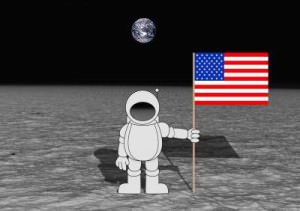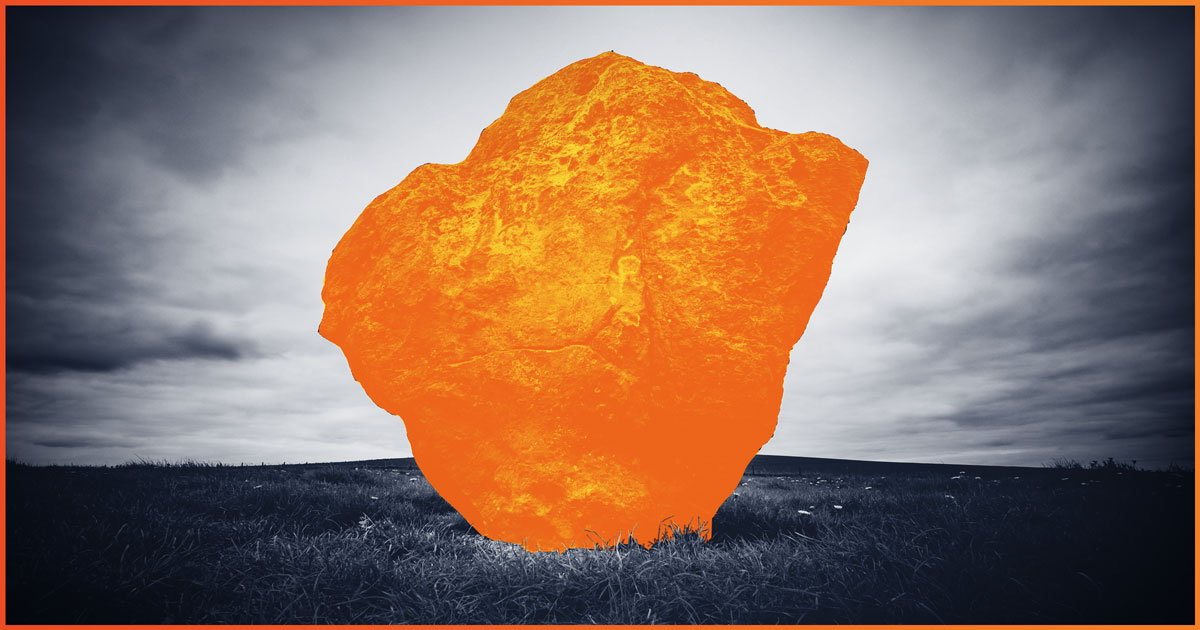 This is a guest post by a friend and Chicago-based EOS Implementer, Paul Detlefs. It was originally published in his newsletter.
This is a guest post by a friend and Chicago-based EOS Implementer, Paul Detlefs. It was originally published in his newsletter.
“The death of Neil Armstrong last weekend brought back some old memories. His first step onto the lunar surface is one of those few events in history where you can remember exactly where you were and what you were doing. I was enjoying my summer in a new house, about to enter high school. I remember staying up a little late on a Sunday night and huddling around the TV with the rest of my family to watch him take the first step and utter his famous words – “That’s one small step for (a) man, one giant leap for mankind”.
How did this incredible event – almost unthinkable 10 years earlier – happen? As Armstrong, a very humble hero, has said many times, it was due to the combined work of hundreds of thousands of people (an estimated 300-400,000 people had some role in the mission). These were not people just punching the clock, or just doing what they had to. (See Armstrong’s description of their dedication to the mission here). But how were all of these people able to focus to get this done? The answer is (as President George H.W. Bush referred to it) “the vision thing”.
Vision means having a crystal clear idea of where you are going and how you are going to get there, and then getting everyone to share in that vision. The vision for the moon landing began with President Kennedy’s bold speech on May 25, 1961, where he set a goal of “landing a man on the moon and returning him safely to Earth” by the end of the 1960s. That is what Jim Collins calls a BHAG (Big Hairy Audacious Goal) and what we call in the EOS system a “10-Year Target”. This audacious goal was achieved, of course, with about five months to spare.
The achievement of this goal was shared by the entire nation, but most deeply by those working on the missions. It became the Core Focus – the “Why” – for their organizations and their jobs, and was their personal purpose in life for the time they worked on the project. They were passionate about achieving it and no one wanted to let others – most of all the brave astronauts – down.
Your organization may not have a vision as bold as landing on the moon, but you can still answer the question “why do we exist?” Define your Core Focus (your purpose, cause or passion) and a 10-Year Target, get all your people to share in it, and you will be well on your way to achieving your own “giant leap”.
EOS® (the Entrepreneurial Operating System) is a complete, yet simple, system for building a great company – one that knows where it is going, how it will get there, has great accountability and execution, and is not just smart, but also healthy.”



